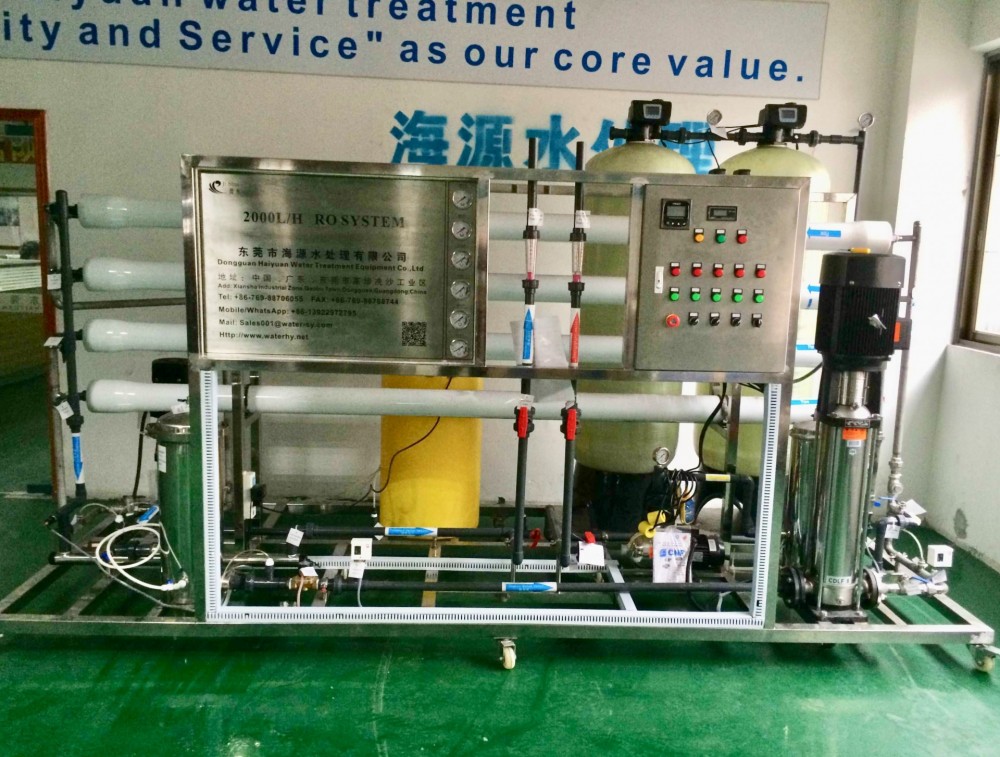
Wechat/Whatsapp:
+8613798883773

Wechat/Whatsapp:
+8613798883773
HYWATER Deionized Water System


How to check whether RO membrane is Contaminated During the operation of the system, except the normal attenuation of performance, the degradation of system performance caused by contaminant is worse. Common contaminants mainly include chemical scale, organic matter, colloid pollution and microbial pollution. How to know the different types of contaminants To identify the type of contaminants should judge the raw water quality, design parameters, contaminant index, operation records, system performance changes and microbial indicators. 1) Colloidal pollution When there is the colloidal pollution, it usually accompanied by the two characteristics, one is that the cartridge filter will be blocked quickly so the pressure difference increased greatly, the other is that the SDI value is usually above 2.5. 2) Microbial contamination When there is the microbial contamination occurs, the total number of bacteria in the product water and concentrated water of the RO system is relatively high, so the normal maintenance and disinfection are necessary. 3) Scaling It can be judged based on the raw water quality and design parameters. For carbonated water, if the recovery rate is 75% and include the scale inhibitor in the system when design, the LSI of concentrated water should be less than 1; if do not include the scale inhibitor in the system and LSI of concentrated water less than 0, normally will not produce scaling. 4) Operators can insert the 1/4 inch PVC plastic tube into the components of RO membrane to test the performance changes of different parts of the component. How to check whether RO membrane is Contaminated 1) Observation of frond-end part When there are pre-treatment filter material (quartz sand, activated carbon) leaks, colloid pollution, organic matter pollution and biological pollution, the front end situation is the most serious and we can observe the particulate and mucus-like pollution at there. 2) Observation of end part The inorganic salt scaling is the most serious situation at the end of the system, and we can feel the rough powder at the end of the membrane element. When use hydrochloric acid (pH3-4) to dissolve there will be gas which means the precipitate is most likely to be calcium carbonate. Sulfate scale and silica scale are also difficult to dissolve when the pH is very low. More questions regarding the Large scale water purification system, please feel free to contact us: Whatsapp/Wechat/Call me via +86 13544774483 Email: sales010@water-sy.com
